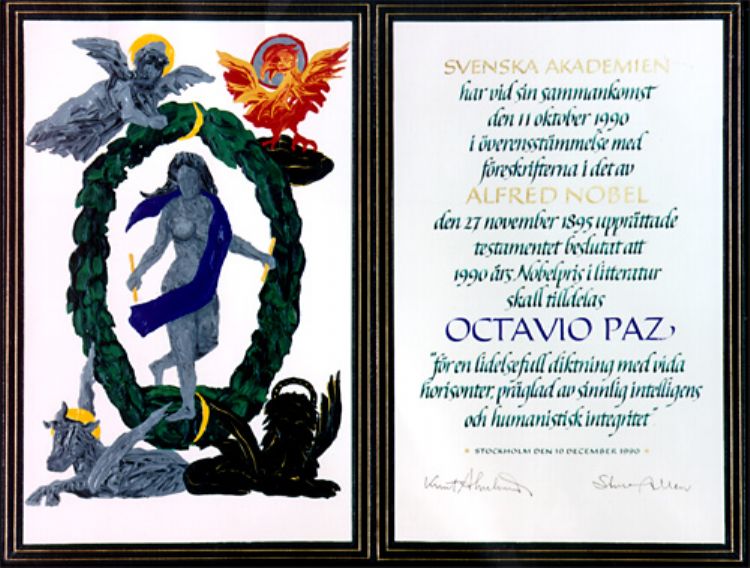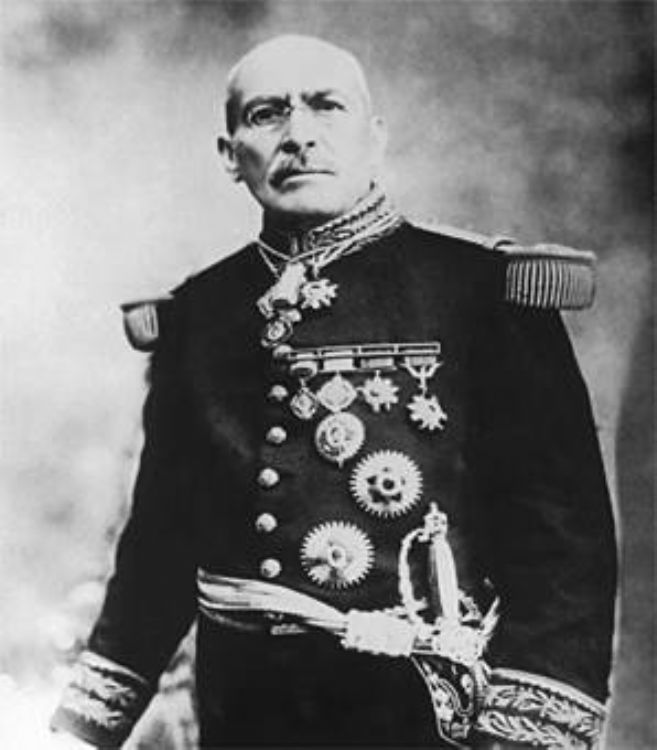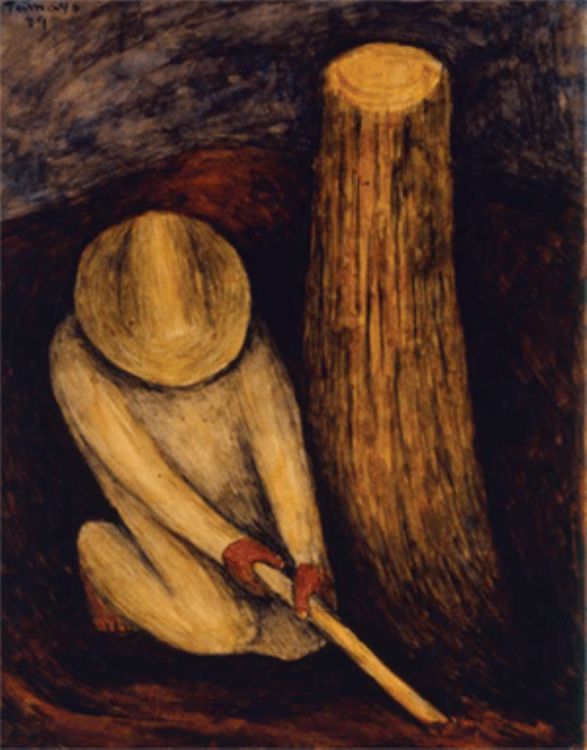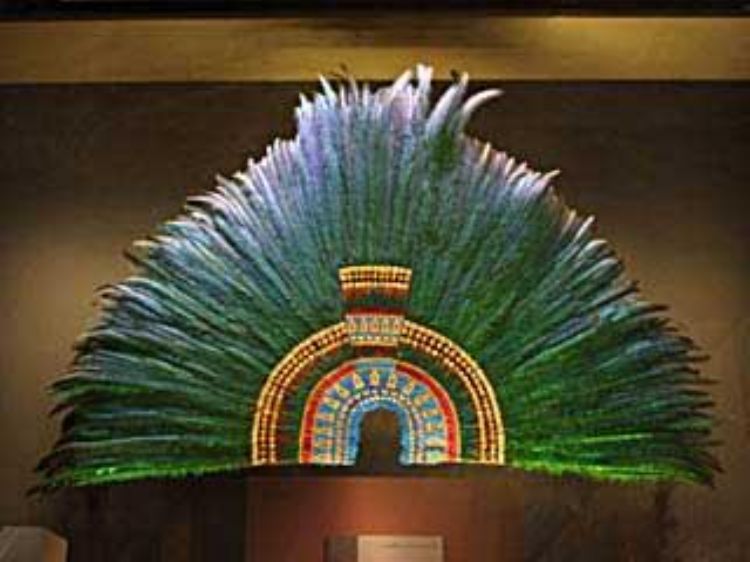Mexico's World Cultural Heritage Sites II (1993-2002)
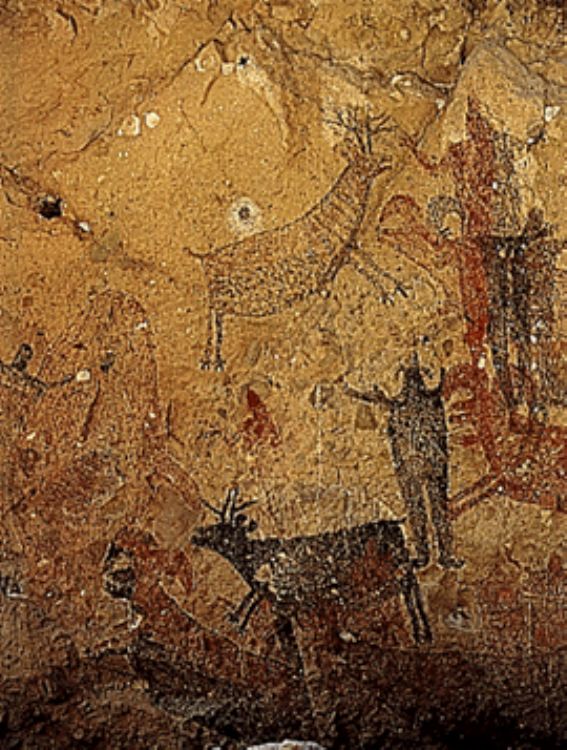
It is a combination of natural formations and those contributed by humans, worthy of preservation.
Cave paintings of the San Francisco Mountain Range (1993)
Approximately from the years 100 B.C. to 1300 A.D., the Vizcaino reserve of the State of Baja California was home to some of Earthâs first dwellers who expressed some of the most wonderful collections of cave paintings in the world. They have been preserved in an excellent state thanks to their dry climate and difficult access.
The first monasteries of the XVI century (1994)
On the skirts of Popocatépetl volcano on the south of Mexico City, there are 14 monasteries. They are perfectly preserved with an outstanding architecture adopted by the first Franciscans, Dominicans and Augustans.
Querétaroâs Zone of Historic Monuments (1996)
This city combines the geometrically planned streets of the first Spaniards with the twisted alleys of indigenous residents. Tarascos, Otomíes, Chichimecas and Spaniards shared this place in a historic process that resulted in unparalleled constructions and an excelling combination of architectural styles. The great quantity and quality of baroque monuments stands out, with civil and religious ornaments from the golden age of the XVII and XVIII centuries.
Prehispaic town of Uxmal (1996)
In Uxmal, Yucatán, the Mayan town was founded approximately in the year 700 A.D., hosting its 25,000 residents. The architecture of its buildings dates from the years 700 and 1000, showing a profound knowledge of astronomy. The buildings are fundamentally dedicated to deities that govern the universeâs rhythm and agricultural cycles.
Hospice Cabañas in Guadalajara (1997)
This hospice was constructed at the beginning of the XIX century. Located in the State of Jalisco, it was founded in 1810 under the name Casa de la Misericordia (house of mercy). By the orders of King Carlos IV, it was constructed under the direction of Bishop Juan Ruiz de Cabañas. It is representative of Mexican neoclassicism, inscribed by architect Manuel Tolsá. Its outstanding elements are its Greek cross and columns.
It shows an exceptional harmony in the relation between its open spaces and construction combined with simple design and size. At the beginning f the XX century, the chapel was decorated with a series of murals that are currently considered masterpieces of Mexican art.
The fascination, mystery, and thirst for knowledge provoked by archeological zones should be experienced by every future generation, thus it is crucial to preserve them.
Archeological Zone of Paquimé, Casas Grandes (1988)
This zone achieved its splendor in the XIV and XV centuries. Its role was very relevant as a cultural and commercial contact between the southwest of the United States, the north of Mexico and the advanced civilizations of Mesoamerica. The extensive ruins that have been discovered give proof of a culture that knew how to adapt to the environment, but whose disappearance still remains unexplained.
Historic Monuments Zone of Tlacotalpan (1998)
It is a port of the Spanish colony on the coast of the Gulf of Mexico, founded during the mid XVI century. Preserving its original urban image, it has wide streets, houses of diverse colors and styles and abundant vegetation in its public spaces and private gardens. Tlacotalpan offers a warm environment and leisure activities to be chosen by visitors, touring through natural lakes for traditional fishing or through the cultural sites of interest as the old estates that represent the pre-Revolution era and visiting sites that were emblematic during the countryâs armed struggles.
Zone of Archeological Monuments of Xochicalco (1999)
An extraordinarily preserved example of a population fortified during the epiclassic period of Mesoamerica, its architecture and art represent the union of the cultural elements of different zones from the Valley of Mexico.
Fortified Historic City of Campeche (1999)
It shows the urbanization of a Baroque colonial town. The planning of its streets and defensive walls, surrounding the center, are a faithful reflection of the Caribbeanâs military influence. This system belongs to the architecture of the XVII and XVIII centuries, when the Spaniards were preparing to defend themselves from pirate attacks that threatee the economic stability of New Spain from the Caribbean Sea.
Ancient Mayan City of Calakmul (2002)
The commemorative style of this city is the best example of Mayan art, offering different perspectives of their political and spiritual advances. This unique environment portrays wonderfully preserved monuments, open spaces representing the architecture dominated by Mayans, referring to the artistic and urban development that lasted for more than 12,000 years and a scientific domain of astronomy, mathematics and their own architectural development of a strong and imposing style.
Artículo Producido por el Equipo Editorial Explorando México.
Copyright Explorando México, Todos los Derechos Reservados.
Foto Portada: Vocesdeamerica.org

